Slater’s Axe Maintenance and Care |
||||
| Shop for Slaters Axes | ||||
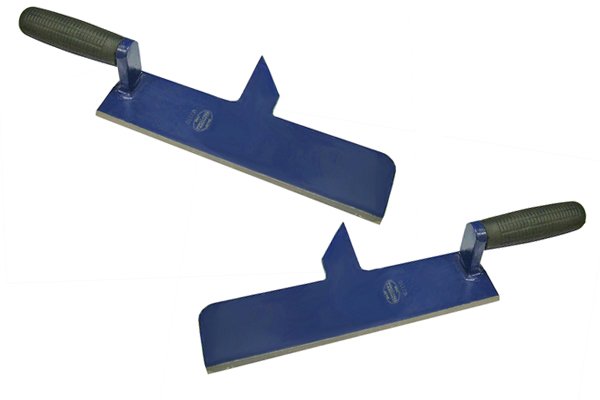 |
Slater’s axes are very easy to maintain. If you look after your tools, and only use them for their intended purposes, they should continue to work properly for the longest possible time. | |||
Cleaning |
||||
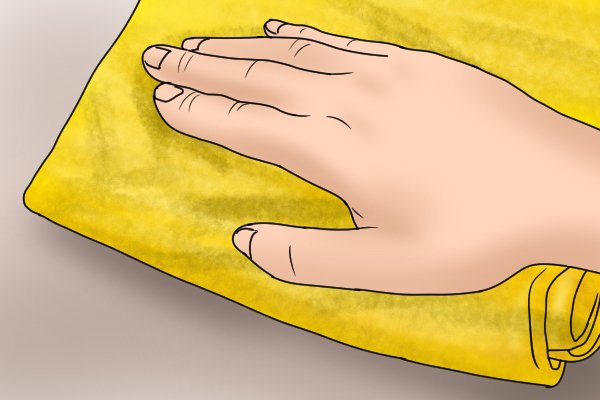 |
It’s advisable to wipe down your slater’s axe with a damp cloth when you’ve finished using it to make sure it is clean. You should not need to use any soap or detergent. Keeping tools clean and dry before you store them will prolong their life. | |||
Storage |
||||
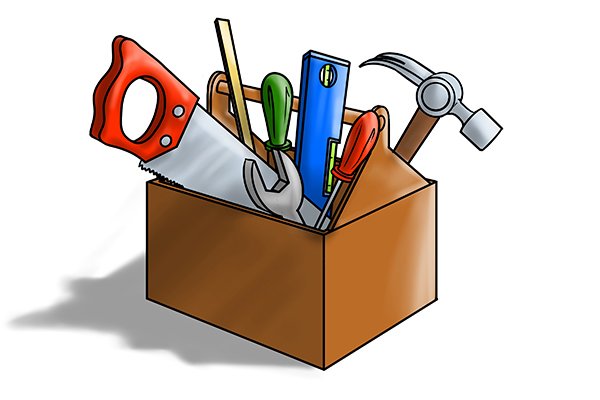 |
Slater’s axes should be stored where they can’t get wet and where the blade won’t get knocked or damage. | |||
How to sharpen the blade of a slater’s axe |
||||
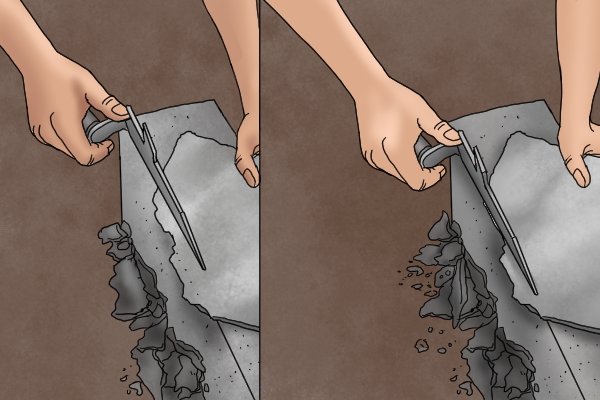 |
The blade of you slater’s axe will blunt over time, which will make it less effective at cutting. You can sharpen the blade in the same way you would sharpen a standard axe or similar bladed tool. Just bear in mind that the blade of a slater’s axe is longer than that of a standard axe. | |||
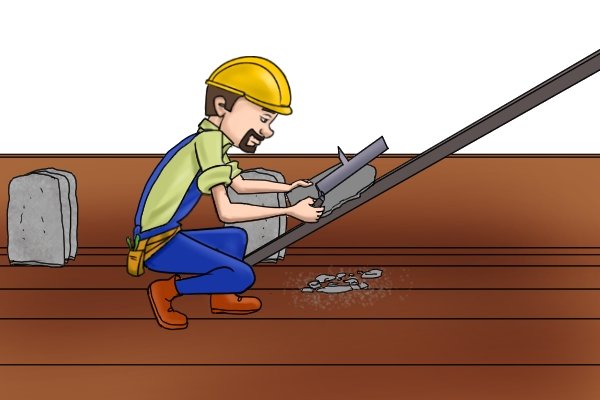 |
This guide will explain how to sharpen an axe with a handheld sharpening stone, which will work for sharpening after normal wear and any minor damage. If the blade is very worn or has any major nicks or scratches, you might need to use a file or even a grinder.For details of how to sharpen a blade with a file see How to sharpen blades with a file in our guide to Files. | |||
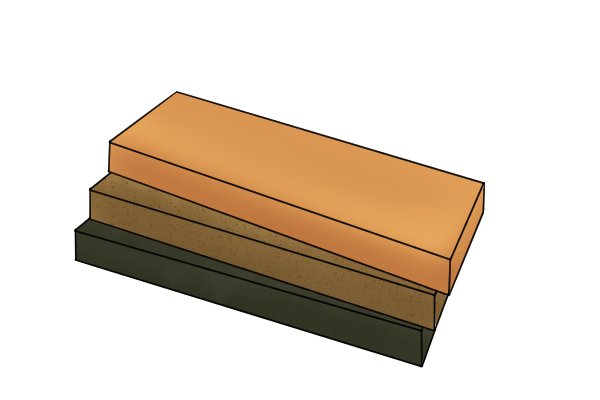 |
Step 1 – Choose sharpening stoneChoose the type of sharpening stone you want to use. It will be a personal preference whether you use a whetstone and water, or an oil stone with oil, so follow the instructions with the type of stone you choose. Ideally, you should have three stones with different grains – you can then start with a coarser grain and working up to a finer grain. For more information, see: What is a sharpening stone? in our guide to Sharpening stones. |
|||
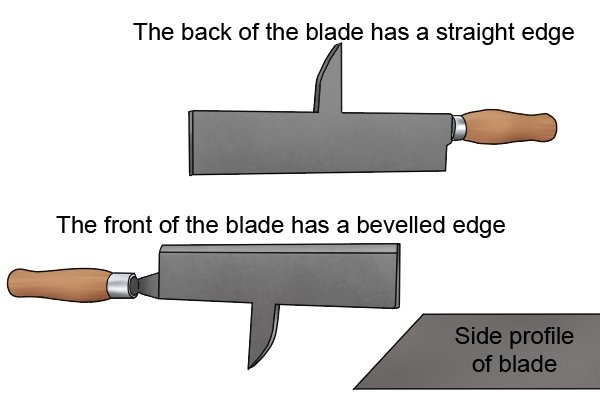 |
Step 2 – Remove scratchesUse the coarsest stone first. You need to use a coarse stone so you can actually remove the worse scratches, otherwise you’ll just be polishing it. Note the bevel of you axe’s blade: you need to retain this bevel as you sharpen the slater’s axe. With slater’s axes, the bevel is usually just on the top side of the blade, so this is the side that needs to be run across the stone. |
|||
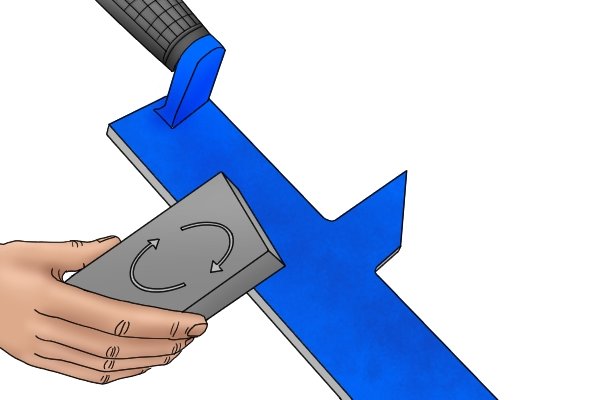 |
It’s usually easier to hold the stone as you sharpen, but if you prefer you can hold the axe. Use circular motions, across the length of the blade, maintaining the same pressure and the bevelled angle. Depending on how many scratches the blade has, or how deep they are, you may need to go over the blade a number of times. | |||
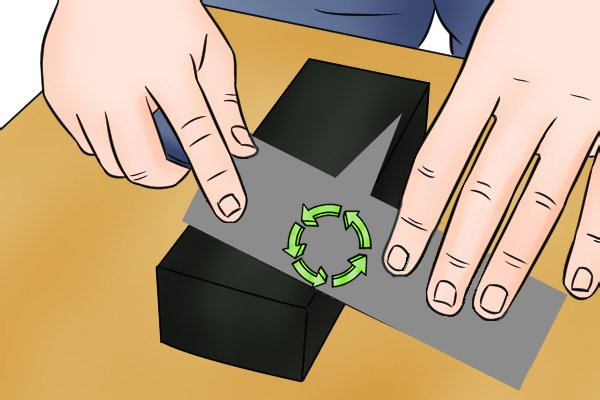 |
Step 3 – SharpenNow switch to a finer grain stone. Repeat the circular motions you did with the coarser stone, again moving along the length of the blade and keeping the pressure the same. |
|||
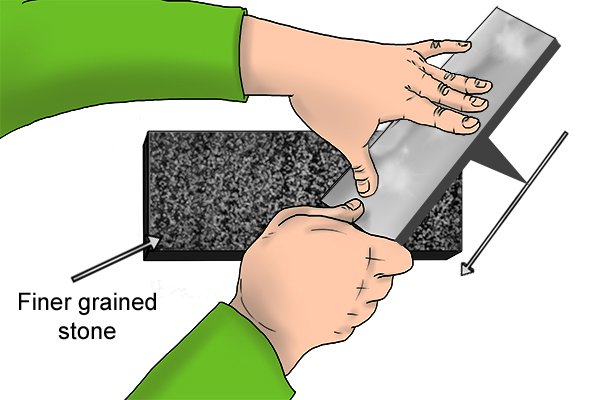 |
Step 4 – HoningFinally switch to your finest grain stone to hone and polish your blade. This time you move the blade across the stone diagonally, rather than moving it in circular motions, again covering the whole length of the blade. Retain the bevelled angle and move the blade forward with each stroke, or move the stone back across the blade. |
|||
 |
||||






